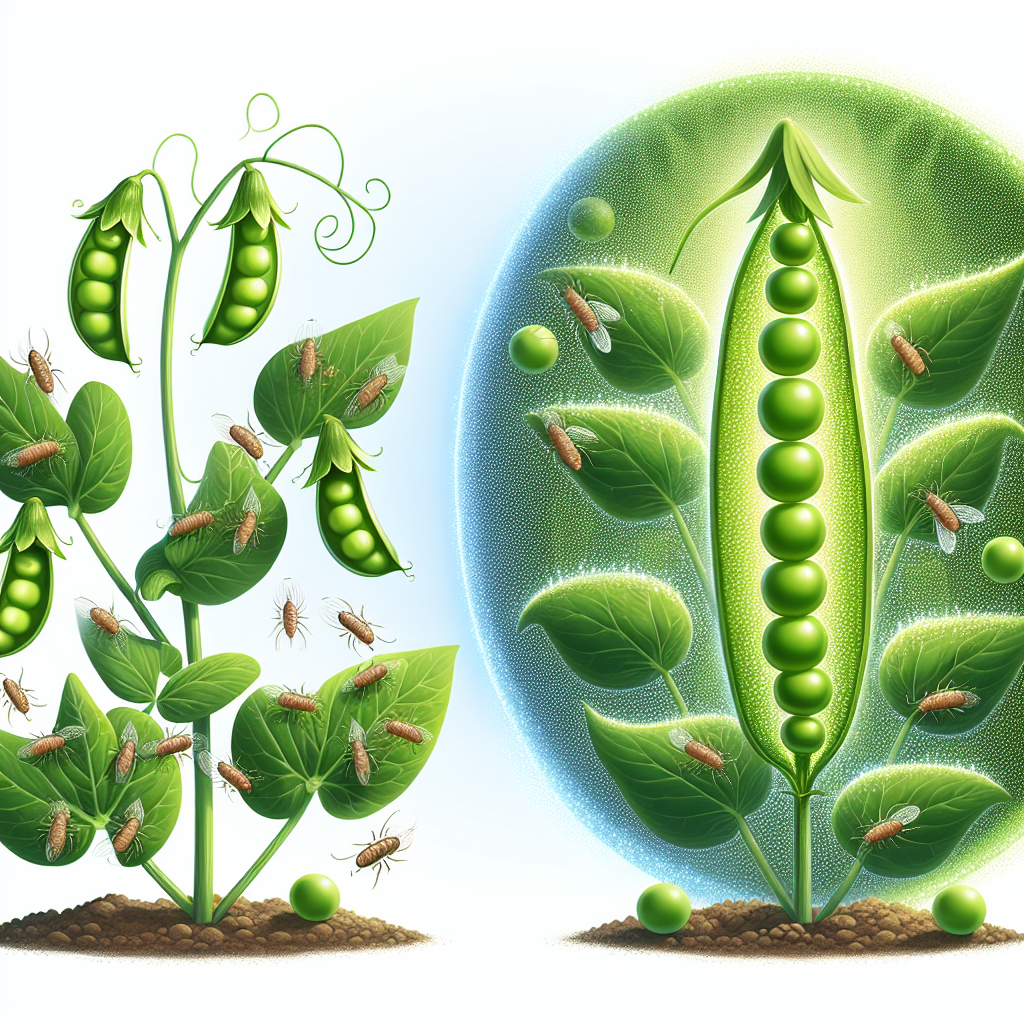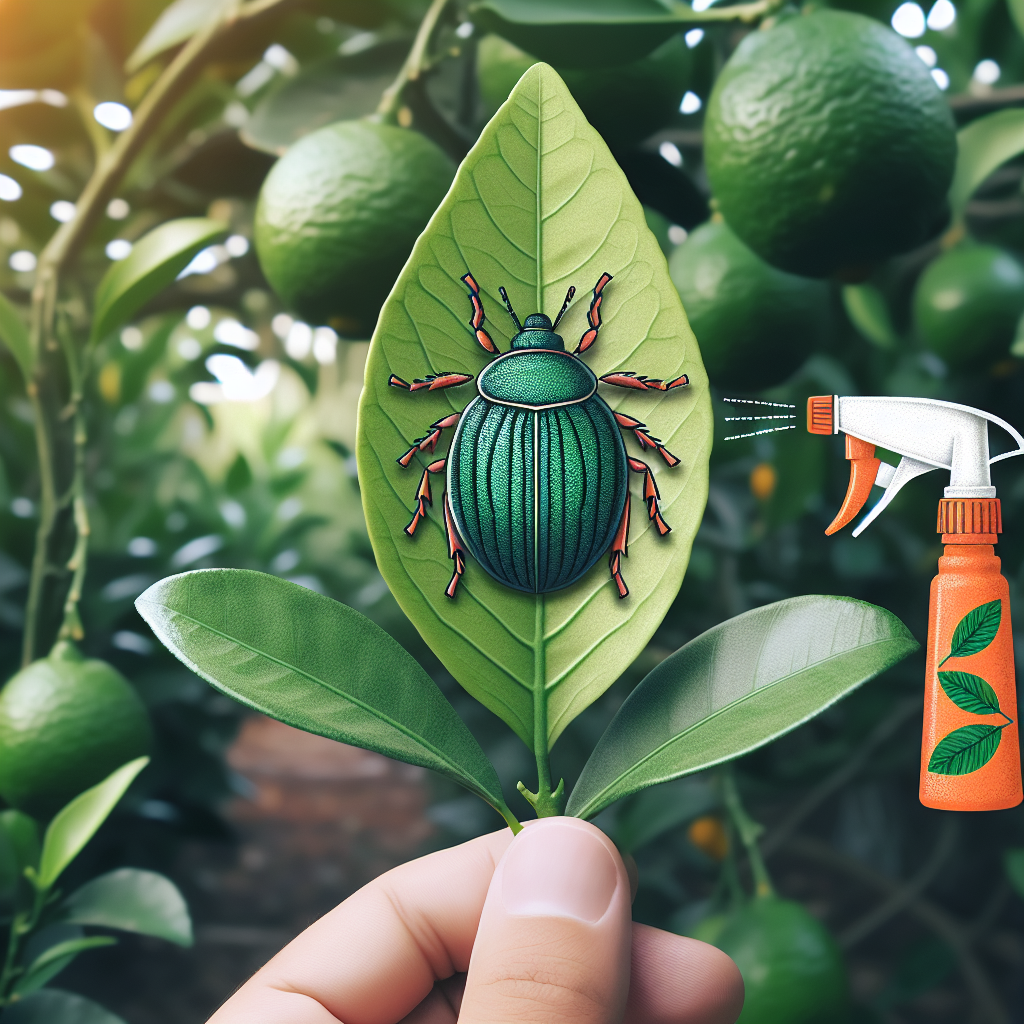How to Grow Juicy and Sweet Grapes in Your Garden
Updated May 15, 2024 at 1:58 pm

Understanding the Basics of Growing Grapes
Growing grapes in your garden can be a rewarding experience, providing you with a bountiful harvest of sweet and juicy fruits to enjoy. Whether you’re a seasoned gardener or just starting out, understanding the basic requirements for grape cultivation is essential for success. Here’s a quick overview of what to consider before planting your grapevines:
-
Pet Friendly:
- Most grapevines are considered non-toxic to pets, however, grapes themselves can be very toxic to dogs and cats if ingested. Always ensure that your pets do not have access to the fruits.
- Grapevines thrive in full sun, requiring at least 6 to 8 hours of direct sunlight per day to produce the best fruit.
- Regular watering is crucial during the establishment period. Once established, grapevines are relatively drought tolerant but may need supplemental watering during dry spells.
- Grapes do well in moderate humidity but are susceptible to fungal diseases if the humidity is too high, especially if there isn’t enough air circulation.
- Grapevines can tolerate a wide range of temperatures, but it’s important to choose a variety that suits your local climate conditions.
- Grape growing has a moderate difficulty level due to the care needed for pruning, training, and disease management.
Light Requirements:
Watering:
Humidity:
Temperature:
Difficulty:
Choosing the Right Grape Variety
One of the most critical steps in growing grapes is selecting the right variety for your region and your taste preferences. Some grape varieties are better suited for cooler climates, while others need a warmer environment to flourish. Europe, for example, is famous for producing world-renowned wine grapes, such as Cabernet Sauvignon and Chardonnay, which might not fare as well in a backyard garden with differing soil and climate. However, table grape varieties like ‘Thompson Seedless’ and ‘Concord’ are popular choices for many home gardeners and offer delicious, sweet fruits suitable for fresh eating.
Creating the Perfect Growing Conditions
Your grapevines will need the right soil, location, and care to produce the sweetest fruit possible. Soil that is well-draining, with a pH between 5.5 and 6.5, is ideal. If you’re unsure about your soil, a soil test kit can be helpful. The Luster Leaf Rapitest Soil Test Kit is one such product that allows you to analyze soil pH easily. Many gardeners have found it user-friendly and accurate, which can be the first step to ensuring your grapes have the best growing environment.
Find This and More on Amazon
Planting and Pruning for Optimal Growth
When you have chosen your grape variety and prepared your site, it’s time to plant. Early spring is generally the best time to plant grapevines. Pay close attention to the spacing recommendations for your specific variety, as this can influence their growth and fruit production. Once your grapevines are established, pruning is key to maintaining their health and boosting grape quality. Proper pruning techniques differ among varieties and training systems, so familiarize yourself with the specifics for your grapes.
Dealing with Pests and Diseases
Grapes can be susceptible to a variety of pests and diseases. Birds, in particular, are fond of grape berries and can cause a significant loss of your harvest. A popular solution is to use bird netting to protect the fruits. For example, the De-Bird Garden Netting is a durable and effective product that many home gardeners use to safeguard their crops against birds. Its UV-resistant material ensures longevity, and it is versatile enough to cover trees, bushes, or vine structures.
Find This and More on Amazon
Nurturing Your Grapevines to Harvest
It takes patience and consistent care to get to the point of harvest. Throughout the growing season, it’s important to monitor the health of your grapevines, providing water when necessary and applying mulch to maintain soil moisture and temperature. Foliar sprays can be used to supply nutrients directly to leaves during the growing season. As grapes begin to ripen, you might have to deal with relentless attacks from wasps or other insects. In these cases, eco-friendly insect traps can be an asset without resorting to chemical pesticides.
Harvesting and Enjoying Your Grapes
The reward of your hard work comes in the form of bunches of ripe, sweet grapes, ready for picking. Grapes ripen over a short period, so it’s best to check them daily as they approach maturity. Taste-testing a few grapes from different areas of the vine is the best indicator of ripeness. When it’s time to harvest, use sharp shears or scissors to avoid damaging the vines. The Fiskars Steel Pruning Shears are highly recommended by gardeners for their durability and precision. They make clean cuts that help prevent disease and damage to the vines.
Find This and More on Amazon
Maintaining Soil Health and Nutrition for Grapes
Grapes are quite particular about their soil, and they flourish best when the soil is kept healthy and nutritionally balanced. Good grapevines start from the ground up, so maintaining a fertile soil rich in organic matter is key. Composting is a great way to add nutrients back into the soil naturally. You could consider items like the FCMP Outdoor IM4000 Tumbling Composter, which is a hit among garden enthusiasts for its ease of use and efficiency in turning kitchen scraps into rich compost. Its dual-chamber design allows for continuous composting, which means a steady supply of nutrition for your grapevines.
Find This and More on Amazon
The Art of Training and Trellising
Grapevines will need support as they grow, which is where training and trellising come in. Deciding on a trellising system depends on your vineyard’s design, the grape variety, and how much space you have. The Vertical Shoot Positioning (VSP) system is one where vines are trained upwards, which is great for air circulation and sun exposure, crucial for disease prevention and berry ripeness. You might want to look into sturdy trellising materials like the GALE Pacific Coolaroo Tension Wire, which can withstand the weight of maturing grapevines and last through severe weather.
Fertilizing for Optimal Grapevine Health
Fertilizer can be a game-changer for grapevine health and fruit production. However, balancing the type and amount of fertilizer you use is vital. Too much, and you risk encouraging leaf growth at the expense of fruit. Too little, and your grapes may become nutrient-deficient. A balanced slow-release fertilizer, like the Jobes Organics Fruit & Citrus Fertilizer with Biozome, is often recommended for its ability to provide gradual nutrient release, which is perfect for sustaining grapevines over their growth period.
Find This and More on Amazon
Effective Watering Practices for Grapevines
Proper watering practices are crucial for grapevine development, especially during the establishment phase and the fruit development stage. Drip irrigation systems, like the Raindrip R560DP Automatic Watering Kit, are often favored for their efficiency and conservation of water. This method allows for slow, steady watering that encourages deep root growth and reduces water waste. Make sure the soil is moist but not waterlogged, as overwatering can lead to root rot and other water-borne diseases.
Controlling Grapevine Canopy for Better Fruit
Managing the canopy of leaves and branches above your grapevines is an often-overlooked aspect of cultivating healthy, sweet grapes. Good canopy management ensures adequate sunlight and air circulation, reducing the risk of disease and helping the fruits to ripen evenly. The goal is to create a balanced canopy that shields the grapes from harsh sunlight while also promoting good airflow. Hand pruners and shears are indispensable tools for this task, and brands like Felco are renowned for their sharp and durable pruners.
Ironing Out Nutrient Deficiencies
Adequate nutrient levels are essential for the vines to perform optimally. If your grapevines show signs of nutritional stress, such as yellowing leaves or stunted growth, you might need to address specific nutrient deficiencies. Iron is a common deficiency in grapevines, leading to chlorosis or leaf yellowing. A chelated iron supplement, such as Southern Ag Chelated Liquid Iron, is often used to correct these issues. Its formula is designed to be readily absorbed by the plants, leading to greener and healthier vines.
Scouting for Pests and Implementing Integrated Pest Management (IPM)
Pests are an ongoing concern in grape production. Implementing an integrated pest management (IPM) strategy can help you manage pests effectively while minimizing the use of chemicals. IPM focuses on a combination of practices like biological control, habitat manipulation, and the use of resistant varieties. In some cases, introduction of beneficial insects, such as ladybugs or lacewings, can help control aphids and mites. Insect traps, sticky tapes, and pheromone lures are also a part of IPM that can be very effective without affecting the environment adversely.
Understanding Grape Diseases and Management Strategies
If you are passionate about growing sweet and juicy grapes, an understanding of common grape diseases and their management strategies is crucial. Grapes can be affected by a range of pathogens, but two of the most notorious ones are powdery mildew and downy mildew. These fungal diseases thrive in humid conditions and can quickly ruin a crop. Regular monitoring and timely application of fungicides can help in managing these diseases. Organic options like neem oil, which has been said to be effective in controlling mildew, can be a great addition to your garden toolkit. Another method to consider is improving air circulation around your vines by careful canopy management, which helps keep the leaves dry and less hospitable to fungi.
Proper Timing for Grapevine Activities
When it comes to vineyard tasks, timing is everything. Key activities like pruning, training, and harvesting need to be done at the correct time to ensure the health of your grapevines and the quality of your fruit. For instance, dormant pruning should be done during the winter when the vines are inactive. Summer pruning, on the other hand, helps manage growth and directs the plant’s energy into fruit production. Understanding the growth cycles of your specific grape varieties and aligning your gardening activities with these cycles can make a big difference in your grapevine’s productivity.
Winterizing Your Grapevines
Cold weather can be a challenge for growing grapes, especially in regions with harsh winters. Preparing your grapevines for winter, or winterizing, is a key step to ensure they survive and thrive the following year. Applying mulch around the base of the vines can help insulate the roots from freezing temperatures. It’s also important to protect the dormant vines from animals that might chew on them, using guards or fencing as necessary. Some grape growers also tie up or bury their vines to protect them from cold injury.
Reaping the Rewards: Wine and Table Grape Varieties
After all your diligent care and attention to your grapevines, you may be surprised to discover the wide range of uses for your harvest. Table grapes are, of course, fantastic for fresh eating, but many varieties are also excellent for making homemade jellies, juices, and even wines. For the aspiring vintner, growing your own grapes can be the first step on an exciting journey into winemaking. Each variety offers a unique flavor profile that can contribute to the complexity of your wines. With your own grapes, you have the ultimate control over the terroir and the nuances it imparts on your wine.
Engaging the Community: Join Local Garden Groups
Lastly, engaging with local gardening groups or online forums can be invaluable as you embark on your grape-growing journey. These communities are often full of experienced gardeners who can offer tips, share their successes and challenges, and provide moral support. Not to mention, it can be incredibly rewarding to swap stories and maybe even grape cuttings with fellow grape enthusiasts. So don’t overlook the power of community as you work toward growing the juiciest and sweetest grapes in your garden.
Shop more on Amazon

